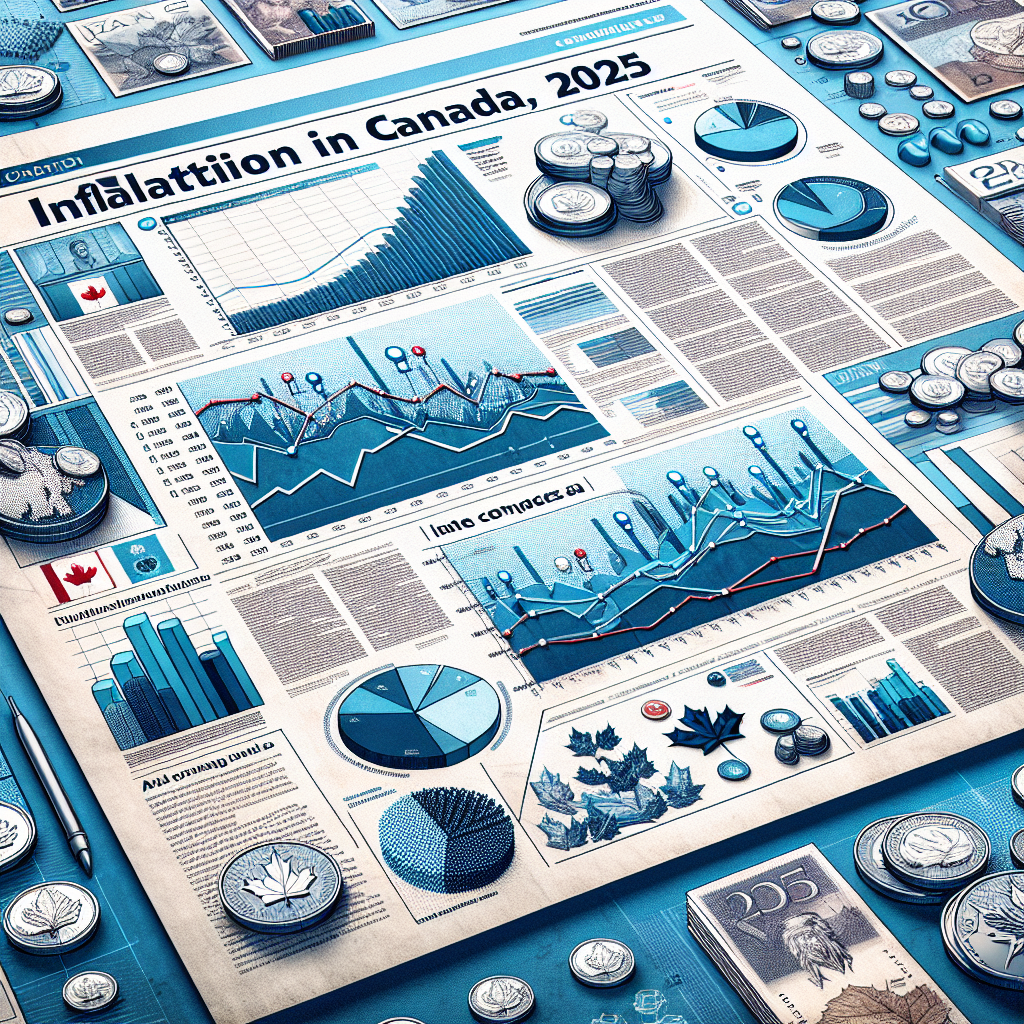Inflation Trends in Canada: What the Data Tells Us for 2025
As of March 2025, Canada’s inflation rate has notably decreased to 2.3%, down from 2.6% in February. This shift marks significant implications for investors and economic strategists alike.
!Inflation Rate Trends (A designed infographic depicting inflation rate trends over the past 12 months)
Key Insights from the Latest Data:
1. Consumer Price Index (CPI) Downward Trend:
- According to Statistics Canada, the CPI indicates a year-over-year decrease of 1.6% in gasoline prices, heavily influencing the overall inflation reduction.
- This decline in inflation can bolster consumer purchasing power, signaling potential adjustments in monetary policies by the Bank of Canada.
The reduction in gasoline prices is a critical indicator that impacts consumer behavior and spending patterns. As prices stabilize, consumers may have more discretionary income, which can enhance economic activity in sectors like retail and services. Investors should remain cognizant of these dynamics as they unfold, adapting their strategies accordingly.
2. Monetary Policy Projections:
- The Bank of Canada forecasts inflation will stabilize at around 3% but aims to return to a target of 2% by mid-2025. These projections significantly influence interest rates and, consequently, investment decisions.
Understanding the Bank of Canada’s monetary policy is essential for strategic investment planning. A clear commitment to manage inflation effectively indicates the central bank’s proactive stance in fostering economic stability. Investors should consider how potential interest rate fluctuations may impact various asset classes in their portfolios.
3. Economic Indicators Reflection:
- A slowdown in inflation could indicate a cooling economy, particularly affecting sectors such as retail and real estate. Monitoring these sectors closely is essential for investors.
As inflation eases, a cautionary approach towards sectors that are heavily tied to consumer spending is prudent. Changes in consumer sentiment and spending habits can significantly affect earnings forecasts and stock performance within these sectors. Investors should utilize this information to pivot their portfolios strategically.
4. Potential Market Implications:
- Investors may find it prudent to reassess their strategies, especially those invested in financial markets sensitive to inflation expectations. Lower inflation could also reduce pressure on the Bank of Canada to enact aggressive interest rate hikes.
The interplay between inflation rates and investment strategies cannot be underestimated. A less aggressive monetary policy can create opportunities for asset accumulation, especially for those who adapt their strategies in anticipation of economic shifts. Continuous engagement with economic reports can provide invaluable insights for decision-making.
Conclusion and Recommendations:
The trends observed in Canada’s inflation rates suggest potential opportunities for investors. Stakeholders should continuously monitor inflation reports and adjust their investment strategies based on economic indicators.
Being proactive in response to these trends can provide competitive advantages in the market. Investors should consider integrating real-time data monitoring systems to stay ahead of changes and make well-informed decisions.
Call to Action:
Stay informed! Subscribe to our newsletter for ongoing updates on inflation trends and economic insights.
Social Media Updates
Twitter Update:
🚨📊 Great news for Canadian consumers! Inflation has slowed to 2.3% as of March 2025, thanks to falling gasoline prices. Discover what this means for your investments! Read more here
Facebook Update:
📉 What does Canada’s slowing inflation rate mean for you? At 2.3% in March 2025, investors are likely to benefit from market adjustments. Read our latest insights here: Check it out
LinkedIn Update:
The inflation landscape in Canada is shifting! With the CPI declining to 2.3%, we explore the implications for investment strategies in our latest blog post. Gain insights that can help you navigate the market dynamics: Learn more
